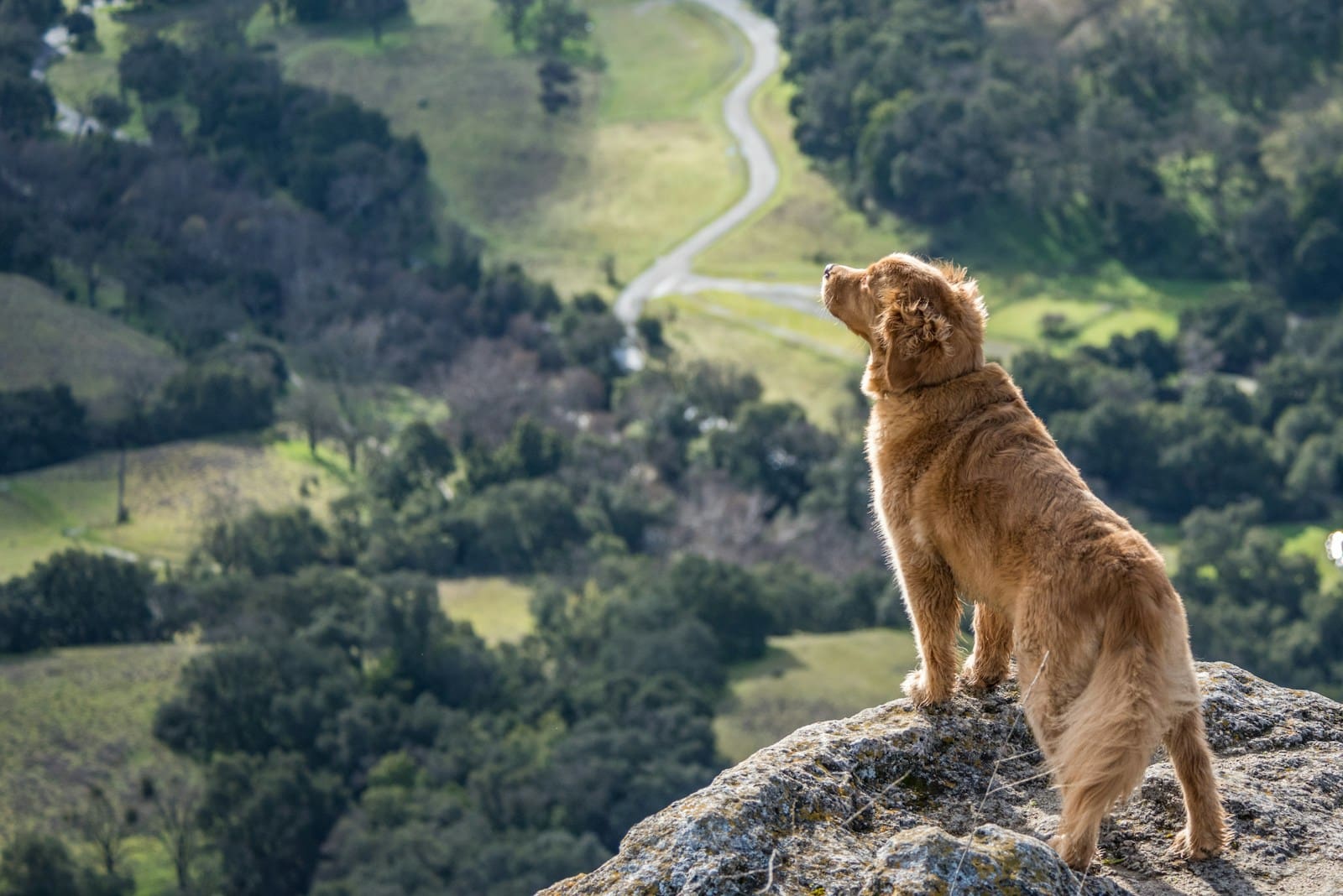Camping with your dog is a great way to explore the outdoors together—but nature has its hazards. From open flames to toxic plants and sneaky escape routes, it’s easy for a peaceful trip to turn stressful fast. Taking a few steps to dog-proof your campsite can keep your adventure safe, fun, and free of emergency vet visits.
Here are 10 smart ways to prep your campsite before your dog finds trouble.
1. Set Up a Dog-Safe Perimeter
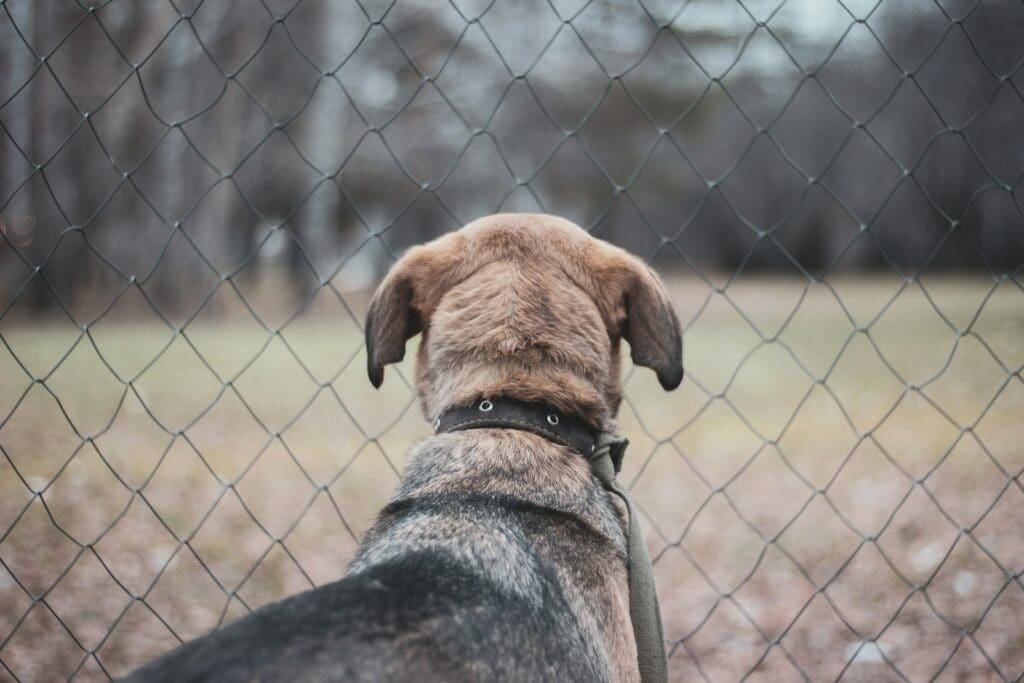
Use a portable dog pen, tie-out line, or long leash to create a safe zone. It gives your dog space to roam without the risk of wandering off.
Always check trees or stakes for stability before attaching a leash or cable. Never tether too close to the fire or sharp terrain.
2. Clear the Ground
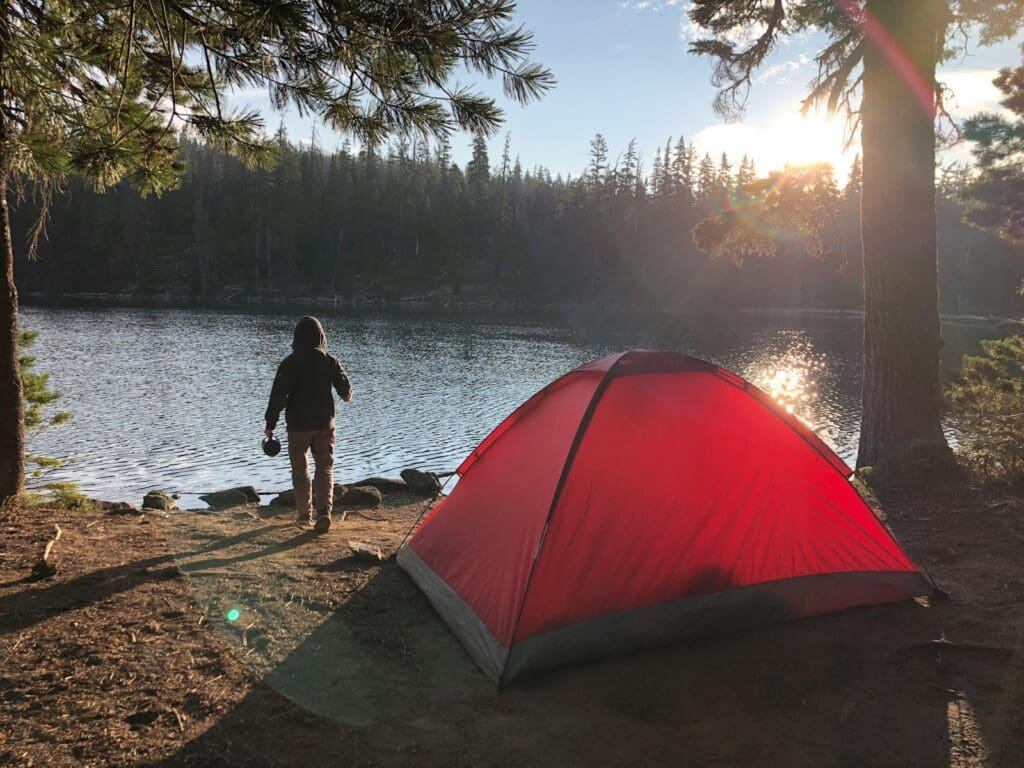
Before settling in, scan the area for hazards like sharp sticks, trash, bones, or broken glass. Dogs love to explore with their noses—and mouths.
Pick up anything unsafe your dog might chew, swallow, or roll in before they find it first.
3. Keep Human Food Locked Up

Dogs are expert snack thieves. Keep all food in sealed containers or bear-safe storage, and never leave meals unattended on picnic tables.
Some common camp foods—like chocolate, grapes, and cooked bones—are dangerous for dogs even in small amounts.
4. Block Access to the Fire
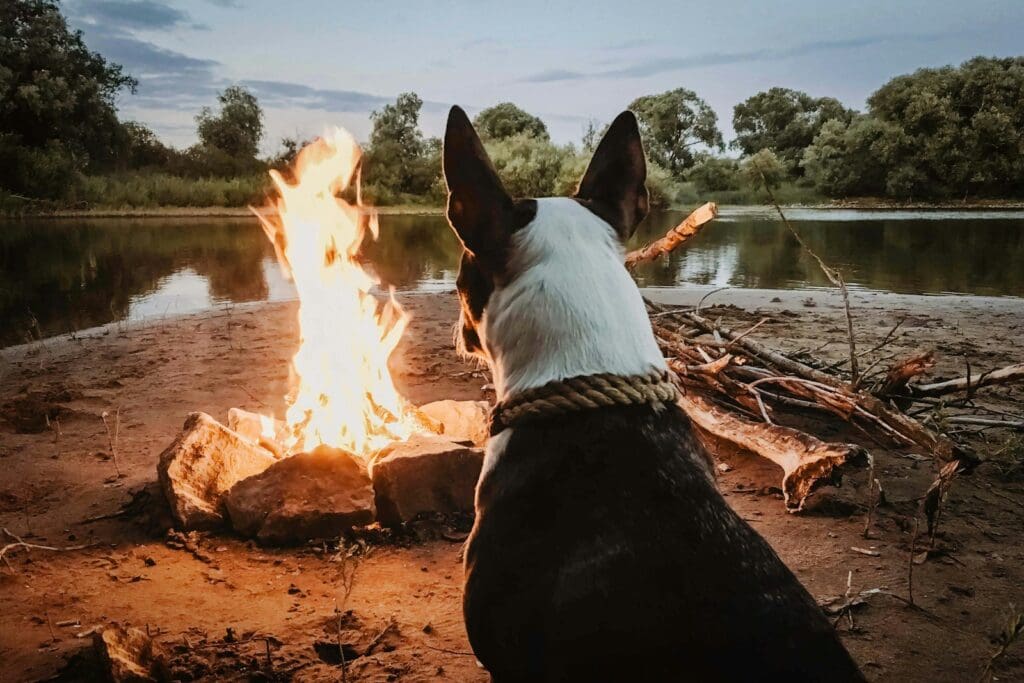
Campfires draw curious noses but pose a major burn risk. Use a portable fire screen or create a boundary with logs or gear to keep your dog a safe distance away.
Always keep an eye on them when the fire is lit, even if they seem uninterested at first.
Read More: 10 Viral Pet Products That Actually Live Up to the Hype
5. Watch for Poisonous Plants
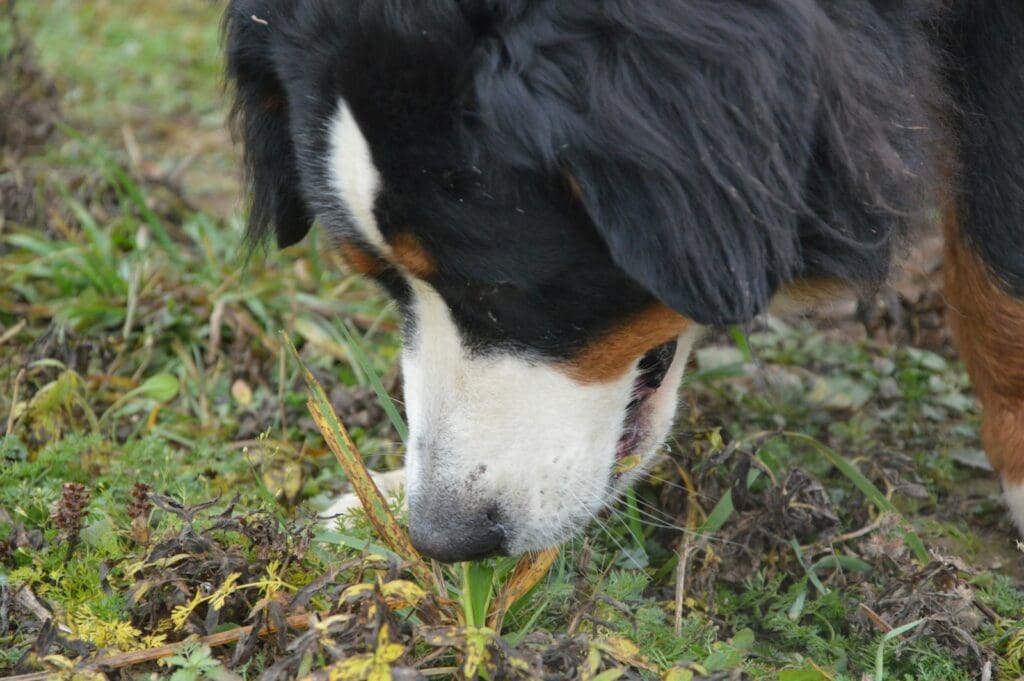
Identify any toxic plants in the area, like mushrooms, poison ivy, or oleander. Don’t assume forest foliage is harmless.
When in doubt, guide your dog away from unknown plants and stick to designated trails during hikes.
Read More: 15 Genius Ways to Keep Your Dog Cool During Summer Heatwaves
6. Use a Dog-Friendly Tent Setup
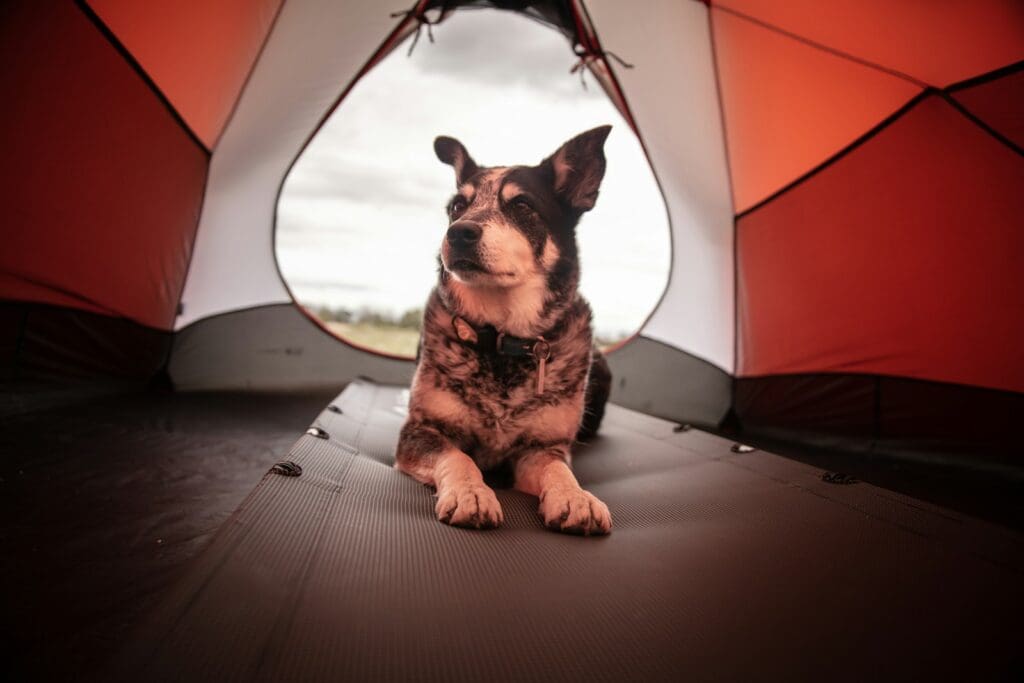
If your dog sleeps in the tent, bring a designated mat or blanket to help them settle in. Keep the tent zipped to avoid midnight wildlife chases or surprise exits.
Practice “tent time” at home if your dog is new to sleeping under the stars.
7. Keep Bug Protection Pet-Safe
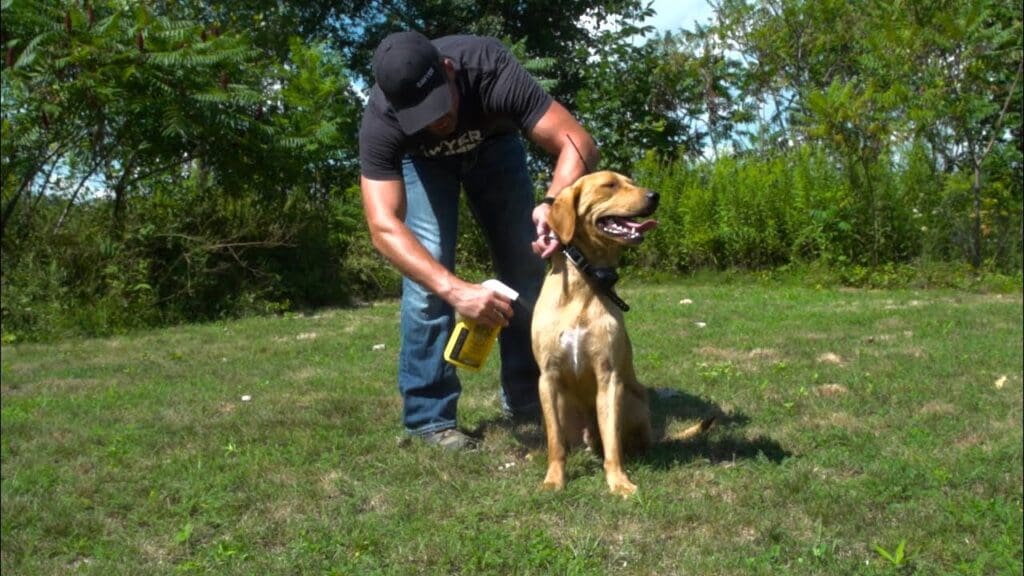
Mosquitoes, fleas, and ticks are common at campsites, so make sure your dog is up to date on protection. Use pet-safe bug sprays or collars—never human repellents, which often contain toxic ingredients.
Do a full tick check after hikes or wooded playtime.
8. Provide Plenty of Shade and Water

Dogs can overheat quickly, especially in direct sun. Set up a shaded rest area and always have a full water bowl nearby.
Use a collapsible bowl and refill often. If your dog’s panting hard, it’s time to take a break.
9. Bring a First Aid Kit
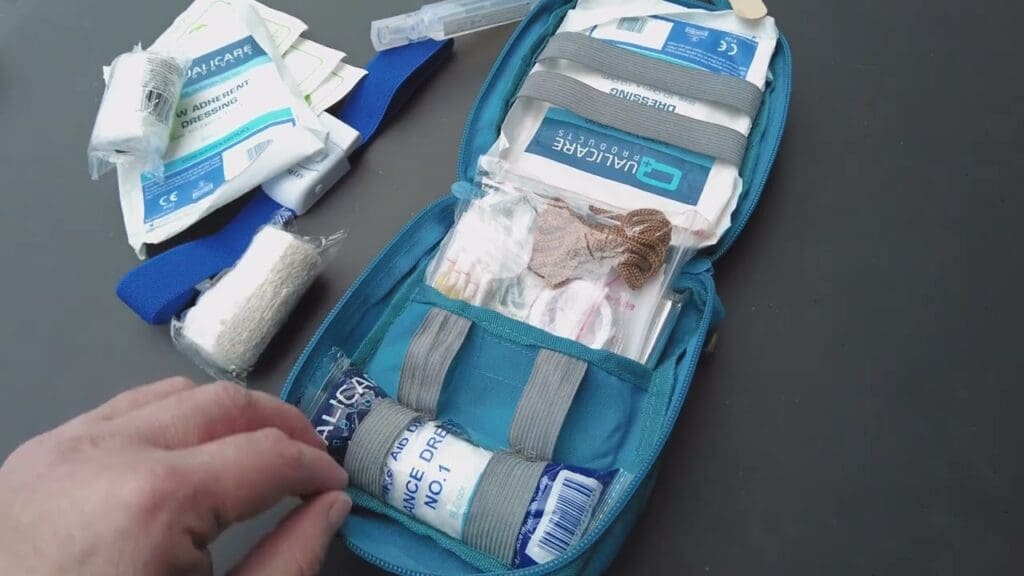
Accidents happen, so be prepared. A dog-specific first aid kit should include antiseptic wipes, tweezers, gauze, and a tick remover.
Also, pack any medications your dog needs, and keep emergency vet info on hand just in case.
10. Practice Quiet Hours
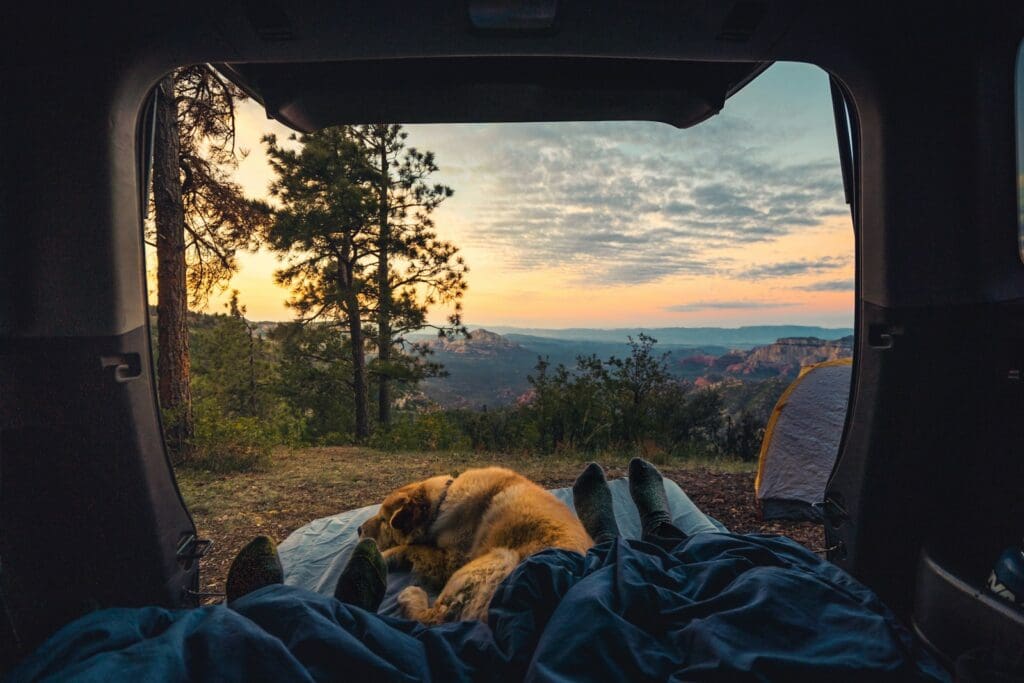
Some campsites enforce quiet hours—and your neighbors will thank you if your dog doesn’t bark all night. Give them plenty of exercise during the day and create a calm, familiar bedtime routine.
Bringing a favorite toy or blanket can help them settle and feel at home in the wild.
Camping is more fun when everyone’s relaxed and safe. With a little planning, your dog can enjoy every hike, nap, and campfire right alongside you—without any close calls or frantic chases into the woods.
Read More: 15 DIY Frozen Dog Treats Your Pup Will Go Nuts For This Summer

